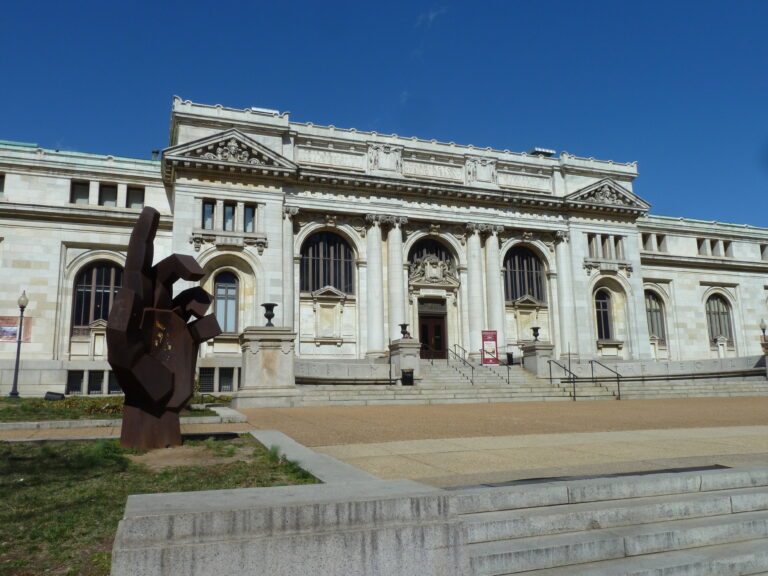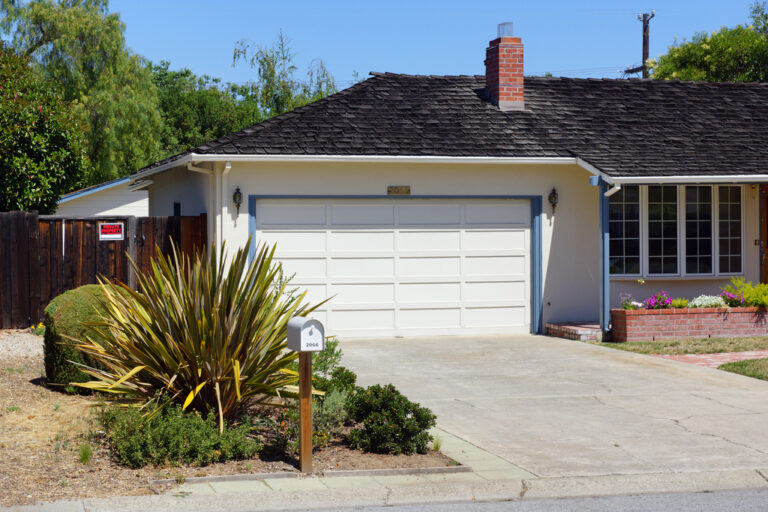Physical Address
304 North Cardinal St.
Dorchester Center, MA 02124
Physical Address
304 North Cardinal St.
Dorchester Center, MA 02124

The Carnegie Library in Washington, D.C. is now home to the world’s newest Apple Store following an expensive rehabilitation funded by the retailer. Originally built as a public library in 1903, it reopened its doors to the public on May 11, 2019 following decades of disuse, neglect, and a slew of failed attempts to repurpose the building as a museum. While some are fretting that a historic building owned by the city has been turned over to commercial use, we can rest assured that the Historical Society of Washington, D.C., the current leaseholder to the building, made the right decision. More than fifteen years ago, Niskanen Center founder Jerry Taylor and his then-colleague at the Cato Institute, Peter Van Doren, had a novel proposal to solve an intractable political dispute about the Arctic National Wildlife Refuge (ANWR), a wilderness area in northeast Alaska that is home to large populations of wildlife and vast, untapped petroleum deposits. In the early 2000s, the Bush Administration proposed opening the refuge to oil drilling in the wake of rising crude oil prices. Naturally, the usual suspects came out in favor or against the proposal. Environmentalist detractors worried that a pristine wildlife area could be ruined by any drilling and the possibility of leaky pipelines. Advocates, on the other hand, claimed only a tiny sliver of land was needed to extract billions of dollars of oil and the refuge would remain largely untouched. The benefits of oil drilling, proponents argued, would be widely shared because oil is used in so many parts of economy. Taylor and Van Doren’s proposal was simple: the federal government should give ANWR, in its entirety, to the Sierra Club or some other environmentalist group, including full rights to use or transfer the land as they see fit. While the Sierra […]

When it comes to the impact autonomous cars will have on cities, there’s plenty of room for disagreement. Will they increase or decrease urban densities? Will they help with congestion or make it worse? At the same time, there seems to be widespread agreement on at least two things: First, far fewer people will own cars. Second, we are not going to need nearly as much parking. By combining the technology of autonomous cars with the business model of transportation network companies like Uber and Lyft, low-cost, on-demand ride-hailing and dynamic routing bus lines could eliminate the need to keep an unused car hanging around for most of the day. When that happens, we will need far fewer parking spaces, turning on-street parking into wider sidewalks and bike lanes and surface lots and parking ramps into residential and commercial uses. So how does the humble American residential garage fit into all this? On its face, the garage is little more than the sheltered parking space that comes with most single-family homes. Yet the garage holds a certain mythological status in the American psyche: It gave rise to iconic American brands like Disney, Harley Davidson, and Mattel. It offered a space in which the firms that would launch the digital economy could get their start, including HP and Apple. Google and Microsoft, which both started in garages, maintain “garage” work spaces to this day in order to cultivate innovation. By providing a flexible space in which knowledge, free time, and ambition can transform into entrepreneurial innovation, the garage has played a crucial role in the American economy. At least in the near term, garages are not going anywhere. Unlike municipal governments and large private landowners who will likely face immediate political and market pressures to retool their parking spaces, many homeowners are structurally stuck with their garages. Millions of garages could go unused, occasionally kept active by automobile hobbyists, most likely turning into de facto storage units. But it doesn’t have to be […]